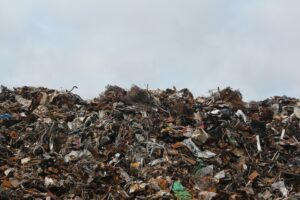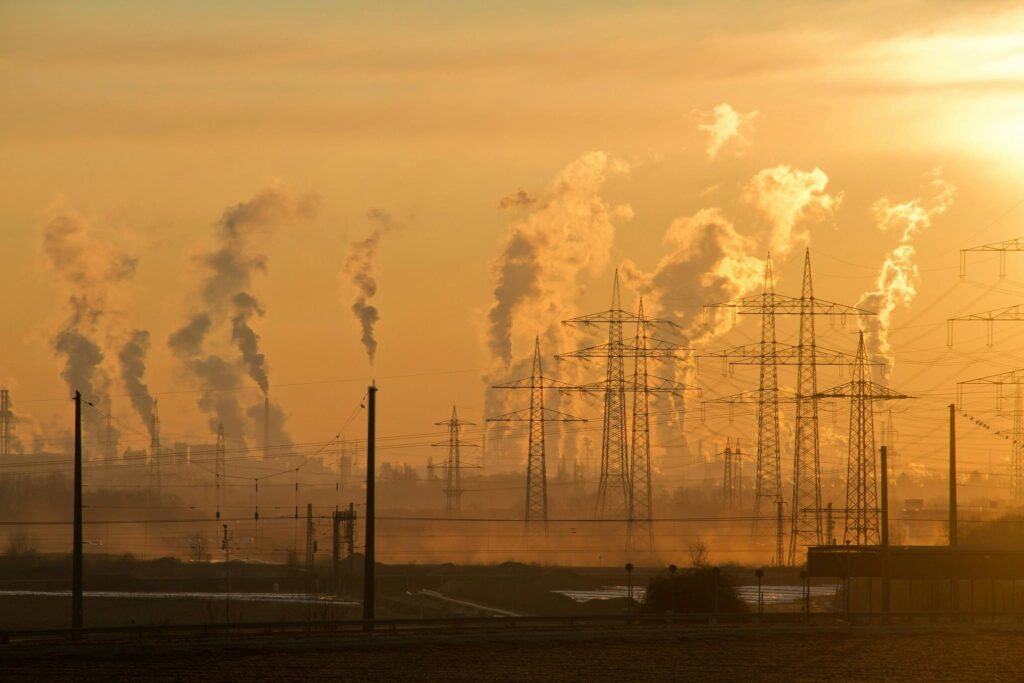Environmental pollution is one of the most significant challenges in the world today. It is the contamination of natural resources such as air, water, and land by harmful chemicals and man-made activities. Pollution has adverse effects on human health, causes the death of ecosystems, and leads to the acceleration of climate change. In order to effectively fight this challenge, one must know the most important factors contributing to environmental pollution.

1. Industrialization:
Industrialization has been a major contributor to the rise in pollution. Industrial plants emit a tremendous amount of smoke, chemicals, and wastes in the atmosphere, rivers, and land. Industrial processes like mining, chemical processing industries, and textile industries emit harmful chemicals that contaminate water bodies and land and kill aquatic life and render water unusable as a source of drinking water.
2. Urbanization and Overpopulation:
Urbanization and increased population density place a huge limitation on natural resources. Urban cities are prone to waste disposal, sewage, and emissions. With increasing numbers of people moving into the urban cities, there is an increased need for housing, roads, and electricity, and this leads to increased levels of vehicle pollution, construction pollution, and pollution from electricity generation.
3. Vehicle Emissions:
Transportation is the major cause of air pollution. Vehicles release carbon monoxide, nitrogen oxides, hydrocarbons, and particulate matter into the environment. While these gases are major contributors to air pollution, they also lead to serious health conditions such as asthma, respiratory infections, and even cancer. In big cities with heavy traffic, smog is a common phenomenon, which makes the air thick and reduces visibility.
4. Farming Activities:
Modern-day farming is based on over-reliance on chemical fertilizers, pesticides, and herbicides. These chemicals pollute soil and ground water. Moreover, cattle rearing emits large quantities of methane, a powerful greenhouse gas that causes global warming.
5. Deforestation:
Trees also serve as natural air filters by taking in carbon dioxide and emitting oxygen. When forests are cleared for farming, urbanization, or logging, this cycle is interrupted. Deforestation contributes to global warming, more soil erosion, altered rainfall, and lower biological diversity.
6. Waste Disposal:
Improper waste disposal of household, industrial, and electronic waste is another important factor. If the waste is not disposed of, it will find its way to landfills or rivers or the ocean and will lead to land and water pollution. Plastic waste is particularly a serious threat to marine life and marine ecosystems.
7. Utilization of Fossil Fuels:
Burning coal, oil, and gas for energy releases gases like carbon dioxide, sulfur dioxide, and nitrogen oxides. They cause air pollution, acid rain, and global warming. Despite growing awareness, the majority of the world still relies on fossil fuels as the primary source of energy.
Conclusion:
Environmental pollution is the outcome of different interrelated activities of human populations. Industrial processes, transportation, urbanization, agriculture, and deforestation deteriorate the environment. It needs collective efforts by people, governments, and industries to tackle this problem. Cleaner technology, encouraging renewable energy, enforcing environmental law, and creating awareness can avoid pollution and progress toward a healthier and sustainable world.




